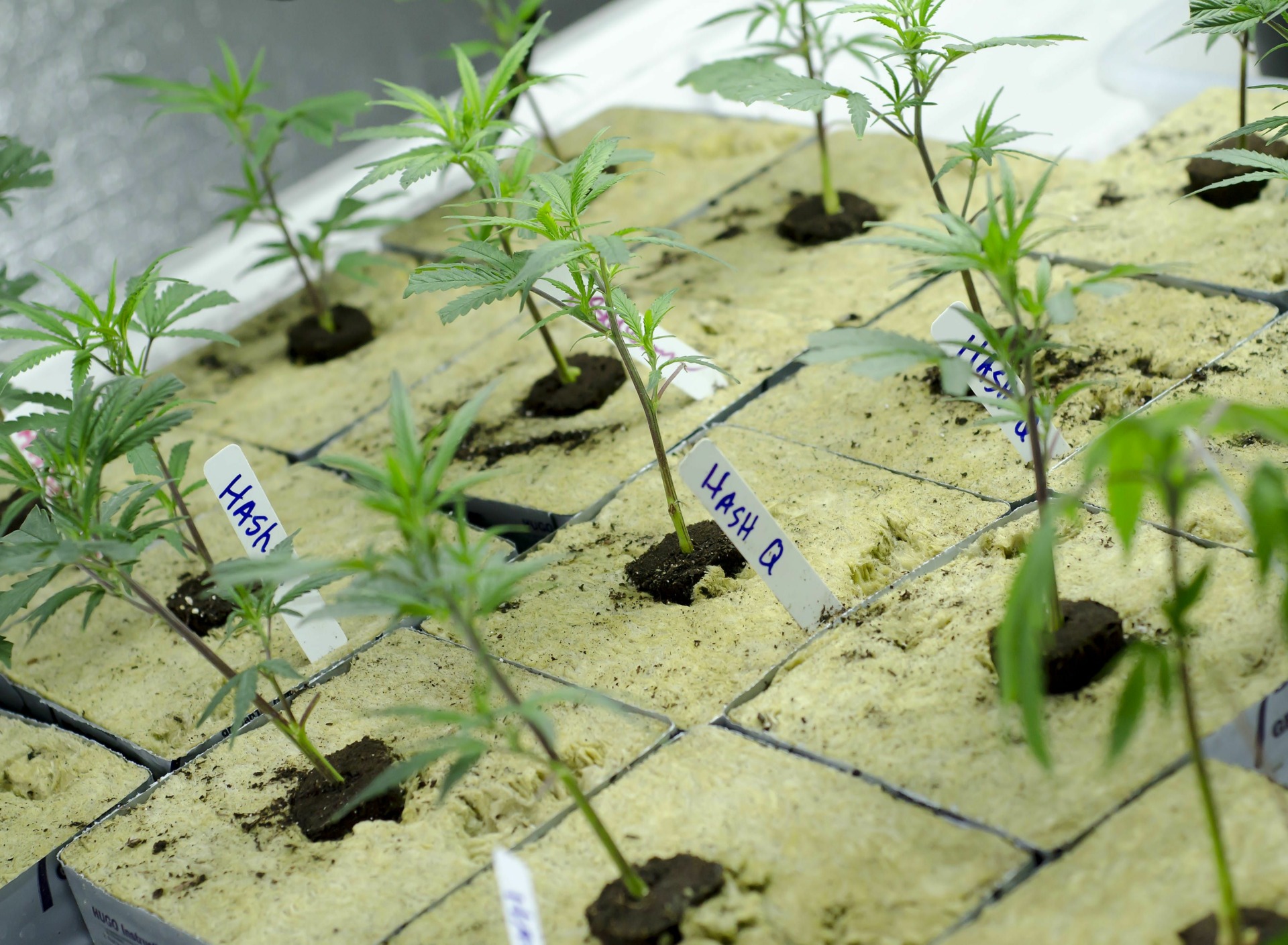Though the smoke has long cleared, the fallout from the October 2017 Northern California wildfires continues to affect the lives of cannabis farmers—and the future of the marijuana industry as a whole.
The timing of the fires couldn’t have been worse. October is generally the peak of outdoor harvest season, and many marijuana growers were just a few days or weeks away from drying, curing and selling their crop.
FOLLOW US ON FACEBOOK & INSTAGRAM
Fires Added More Confusion Right Before Cannabis Legalization
The fires broke out towards the end of a confusing year, as California braced to become a regulated, legal recreational marijuana state. Cannabis growers attempting to enter the legal system had already begged, borrowed and sold everything they could to pay tens—and in some cases hundreds of thousands—of dollars to become part of the regulated industry. No farmer can afford a bad season, and for marijuana farmers in Sonoma, Napa and Mendocino Counties, the fires added incalculable complications to an already tenuous future.
Nearly three dozen farms were completely destroyed by the fire, according to the California Growers Association. Dan D’Ancona, president of Ukiah-based California Grow Services estimated in late October that upwards of 2,000 cannabis-related jobs were lost due to the fires, along with $40 million in product.
In rural Redwood Valley, in the heart of Mendocino County, the conflagration roared through prime cannabis gardens. Following the blaze, an eerie silence permeated the neighborhood, where burned-out fences revealed countless family-sized farms. Fully flowered plants drooped. Gardens were untended, and sticky buds were covered in a dangerous concoction of powdery ash and hidden, unknown contaminants.
Fires Underscore Gaps in Cannabis Farmer Protections
Unlike a Florida citrus farmer, who can recoup losses due to sub-freezing temperatures, crop insurance isn’t available to cannabis farmers.
Some marijuana growers lucky enough to have property insurance felt discriminated against by their carrier, according to Chiah Rodriques, CEO of Mendocino Generations, a consortium of 35 outdoor, artisanal cannabis farmers. “Two farmers told me their insurer would only cover their residences—not their gardens. That’s better than nothing, but now those farmers have to rebuild their entire infrastructure from scratch—people who were permitted farmers, playing by the rules,” Chiah noted, adding that many more cannabis cultivators are thinking about purchasing comprehensive homeowner’s insurance in the future.
RELATED: MARIJUANA GROWERS SUFFER HUGE LOSSES IN CALIFORNIA FIRES
What Did the Fires Leave Behind in Cannabis?
Farmers faced the “rock and hard place” choice: trying to salvage a product that could have unknown health implications, or walking away from their compromised crop and the income it could produce. To determine if they could salvage their crop, cannabis farmers asked testing labs to forge into unknown territory. Some labs already have protocols in place to test for solvents such as benzene and toluene. However, dioxins and fire-retardant chemicals aren’t on any required cannabis testing list.
“Some farmers converted their flowers into extract and pressed rosins that didn’t carry the smoke smell into the product,” says Chiah. Others tried using ozone machines, but found that only about half the smoky odor was removed. “The most innovative farmers have been able to recoup some funds. Technology can do amazing things, but it’s an expensive process.”
“Luckily, we haven’t received any questionable flowers at all since the fires,” notes Kevin Zimm, manager of the MendoCann dispensary located in the town of Hopland, in Mendocino County. However, says Kevin, he’s been told that a certain amount of questionable product was moved to the black market. At least one company, Moxie Meds, lost its suppliers due to the fires and were forced to cease operations altogether. “All their sources were burned out. We sold the last of their inventory two weeks ago,” adds Kevin.
The most important takeaway for patients is to know your sources, ask for test results on your product and try to get clear information about when the product was tested—as flowers or as an end-product such as an edible or a concentrate.
A Caring Cannabis Community
On the bright side, the cannabis community came together to support farmers in need, including a donation of over $75,000 to fire victims raised at the 2017 Emerald Cup, celebrated at the Sonoma County Fairgrounds about two months after the fires.
“We sponsored a GoFundMe campaign that raised $12,000 for three of our farmers who had significant losses,” says Chiah. Another music event sponsored by Mendocino Generations raised $5,000 for two other farmers in the greater community—a single father and a single mother with three children.
CannaCraft, probably the highest-profile business affected by the fires, looked beyond devastating losses of over $1 million in marijuana and several structures. The business donated the use of a portion of its Sonoma County facility to the American Red Cross, which the organization used as a headquarters for 200 staffers during the post-fire service delivery period.
Post-Fire Questions to Ask About Your Marijuana
Fortunately, legalization requires enhanced testing and tracking of your cannabis, making the likelihood of consuming fire-affected product very small. Here are a few questions to consider:
-
Is any part of the product I’m purchasing (concentrate, vape pen, flower, etc.) sourced from Mendocino, Sonoma or Napa counties? Can your supplier determine if it came from fire-affected areas?
-
Do the test results on my product reflect this item or the flowers it was made from?
Finally, do you know someone who purchases from the black market? Now, more than ever, encourage black market consumers to play it safe by purchasing lab-tested, clean cannabis.
Photo credit: Brett Levin
If you’re new to cannabis and want to learn more, take a look at our Cannabis 101 post. HelloMD can help you get your medical marijuana recommendation; it’s easy, private and 100% online.






